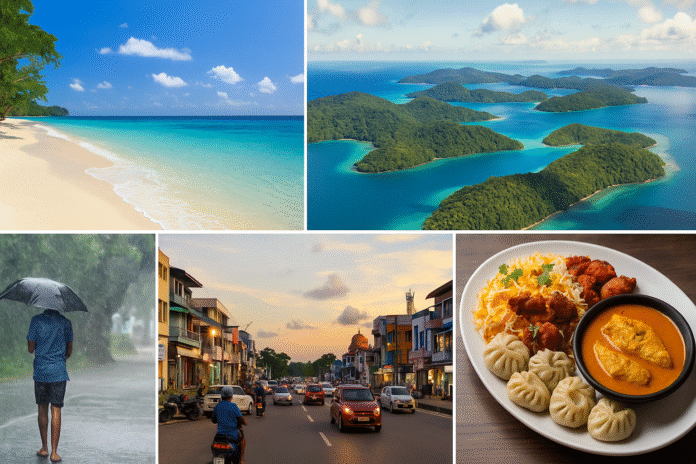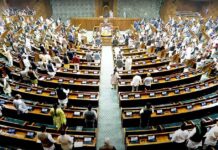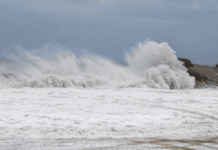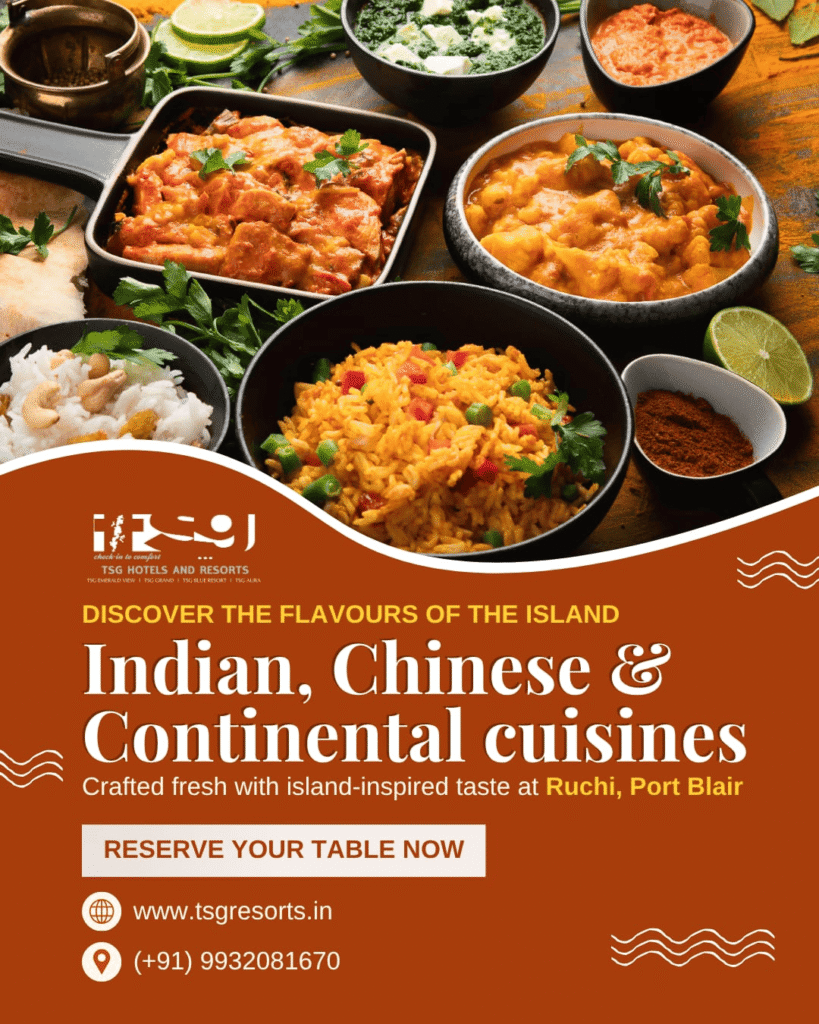Sri Vijaya Puram
From dreamy beaches to dense forests, the Andaman and Nicobar Islands often feel like another world. And perhaps that’s why so many people, even frequent travelers, get them completely wrong. Whether it’s about passports, people, or food, the myths just keep coming.
If you’ve ever caught yourself saying any of the things below, it might be time for a quick reality check.
1. “Wait, I need a passport to go there, right?”
Nope. Not even close.
For Indian citizens, visiting the Andaman and Nicobar Islands is no different from flying to Goa or Kerala. You don’t need a passport, visa, or special permit, just your regular ID. So if that long-overdue island holiday is still on your bucket list because you thought paperwork was involved, you can finally start packing.
(Only foreign tourists need a Restricted Area Permit, and that too is fairly easy to get.)
2. “Isn’t everyone there tribal?”
That’s like saying everyone in Delhi lives in a fort.
Yes, the islands are home to six indigenous tribes, some of whom live in protected areas. But that’s a small fraction of the population. The majority of people here are settlers, families who migrated from Tamil Nadu, Bengal, Andhra Pradesh, Punjab, and other parts of India over the past century.
Cities like Sri Vijaya Puram are as urban as any tier-2 mainland town. Think schools, gyms, WiFi cafés, shopping centers, government offices, and rush hour traffic. Tribal life exists, but respectfully and separately.
3. “It rains only during the monsoon, right?”
Tell that to anyone who’s lived here for more than a week.
The weather in the Andamans doesn’t follow the typical Indian pattern. It’s tropical, which means it can rain, gently or heavily, at any time of year. Even the so-called “dry months” surprise locals with sudden showers. Umbrellas are a daily staple. Sweaters? Not so much.
4. “So Andaman is one big island, yeah?”
Actually, it’s a whole archipelago.
The Andaman and Nicobar Islands are made up of 836 islands, islets, and rocks, but only around 31 are inhabited. Andaman and Nicobar are two distinct groups, each with their own vibe, geography, and communities.
For instance, Swaraj Dweep (Havelock) is a tourist magnet with white-sand beaches and scuba diving. Shaheed Dweep (Neil) is more laid-back and eco-friendly. Down south, Car Nicobar has its own indigenous culture and traditions. Referring to the whole place as “Andaman” is a bit like calling all of India “Mumbai.”
5. “I hope you like fish curry, ‘cause that’s all they eat there.”
We do like fish curry, but we also love biryani, momos, and chhole bhature.
Thanks to the islands’ diverse population, food here is an incredible mash-up of South Indian staples, Bengali sweets, North Indian comfort food, and island-style seafood. You’ll find dosa stalls next to chowmein corners, and bakeries selling both cream rolls and samosas.
And yes, the seafood is fresh and fabulous, but no, that’s not all we eat.
A Final Thought:
The Andaman and Nicobar Islands aren’t just a tourist escape, they’re someone’s home. A place where cultures have blended over generations, where the land remembers both colonizers and freedom fighters, and where everyday life is more than just postcard-perfect beaches.
So next time someone tells you something about the islands, pause and ask, is that a fact, or just another myth that’s floated too long?





